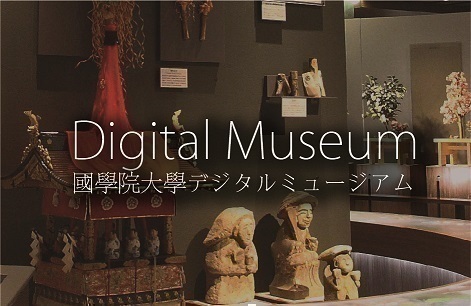- トップ
- Encyclopedia of Shinto
- Busha matsuri
Encyclopedia of Shinto
| Main Menu: | |
| Links: |
詳細表示 (Complete Article)
| カテゴリー1: | 5. Rites and Festivals |
|---|---|
| カテゴリー2: | Performing Arts |
| Title | Busha matsuri |
| Text | A sacred archery ritual performed mainly around the New Year. It can be written with the characters 歩射 or 奉射, and has many variant pronunciations including bisha and hōsha. Performed widely at shrines throughout the country. In contrast to kisha (equestrian archery), busha entails shooting a bow (yumi) while on foot (kachi) and so was also referred to as kachiyumi. During the Heian period, a two-day archery event was held as a public ritual at the court to mark the start of a new year. The jarai shooting ritual took place on the seventeenth of the first month, followed on the morning of the eighteenth day by the noriyumi archery competition. The term "busha" is also used in the Ryō-no-gige to refer one of the military arts. The jarai ritual held at the court fell into decline after the Kamakura period and ultimately died out, but those held at the "great shrines" (taisha) in many areas continued for many years after. For example, there is mention in the Suwa Daimyōjin ekotoba of jarai being carried out at the Great Shrine of Suwa on the seventeenth day of the first month and other occasions. The shrine busha are sacred rituals performed as a type of toshiura to divine good and bad fortune for the whole year, or as a kitō (a magico-religious invocation) intended to ward off evil spirits. The practice has long been known at Atsuta Jingū and Kamo Wake Ikazuchi Jinja. In the Oyumi matsuri (bow festival) held at Kyoto's Ōharano Jinja, one particular family lineage known as the oyumi kabu peforms the busha as a miyaza ritual. A ritual offering of sake and various other rites are carried out at the haiden prior to the obisha itself in the bisha festival held at Kuzugaya Goryō Jinja in Tokyo. The use of a large target seems to have been customary since ancient times. The target is made up of concentric circles, though in many places the character oni (devil) is written upon it. The targets used at the Kuzugaya Goryō Jinja and Nakai Goryō Jinja bisha festivals are characterized by paintings of two birds facing each other with their wings outspread. The word bisha can be written as 備射, 備謝 or 飛謝. alternative names for busha include yumi kitō, mato-i, and momote. See also bushasai (written as 奉射祭 or 歩射祭). — Takayama Shigeru |




